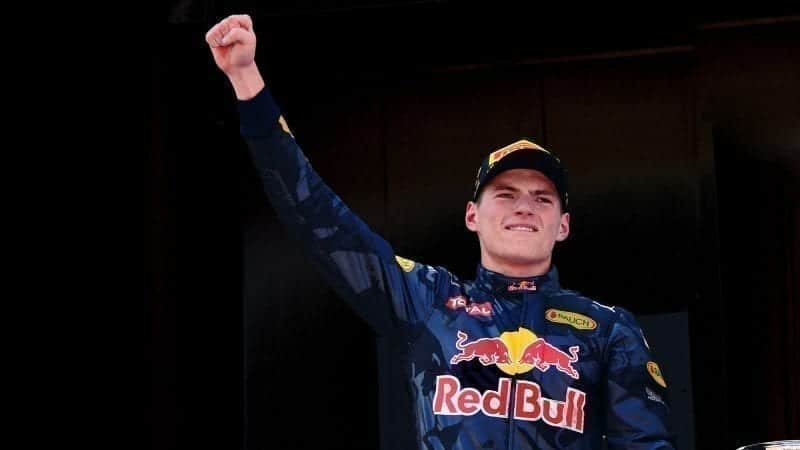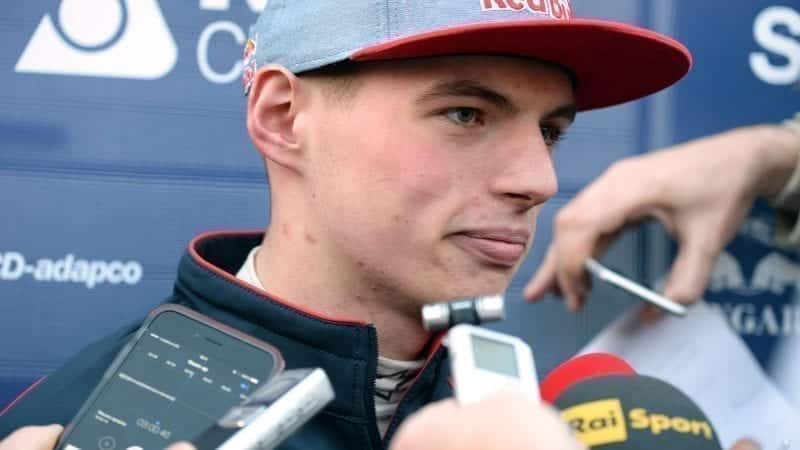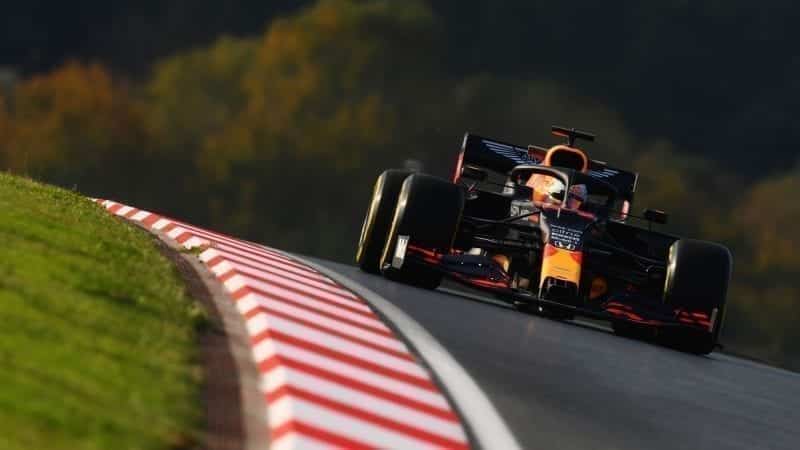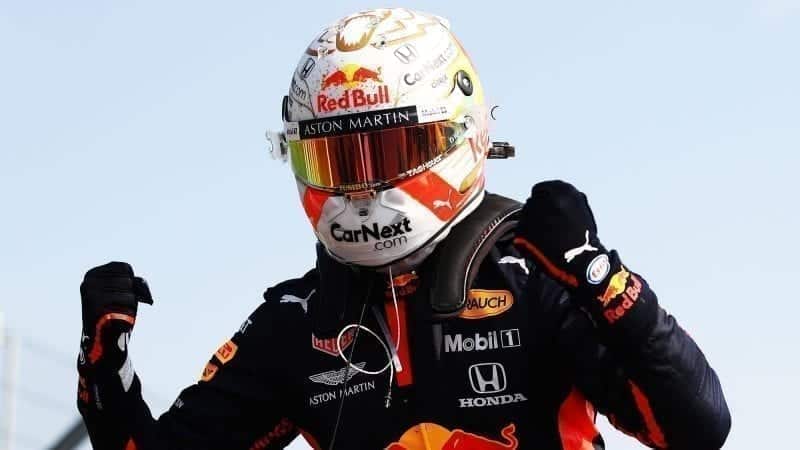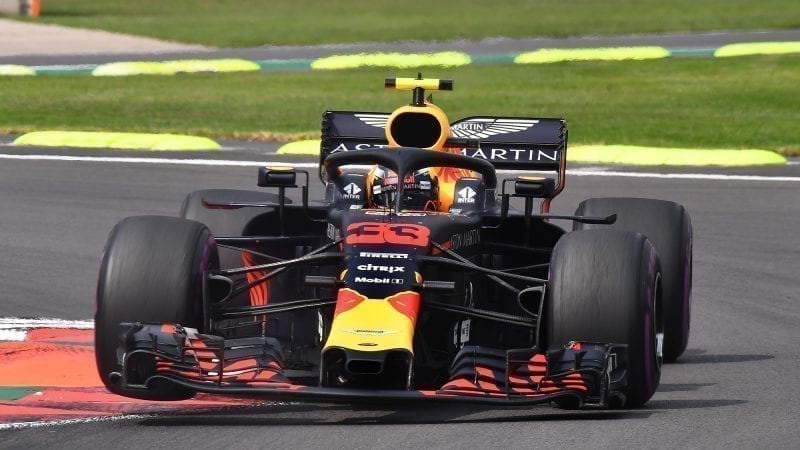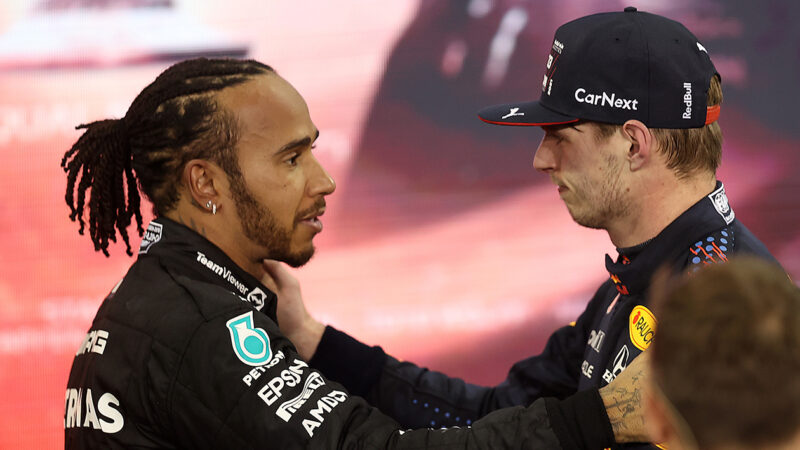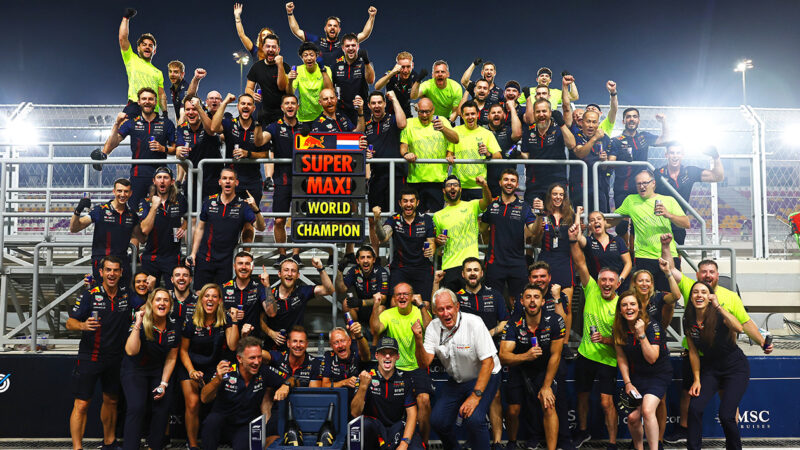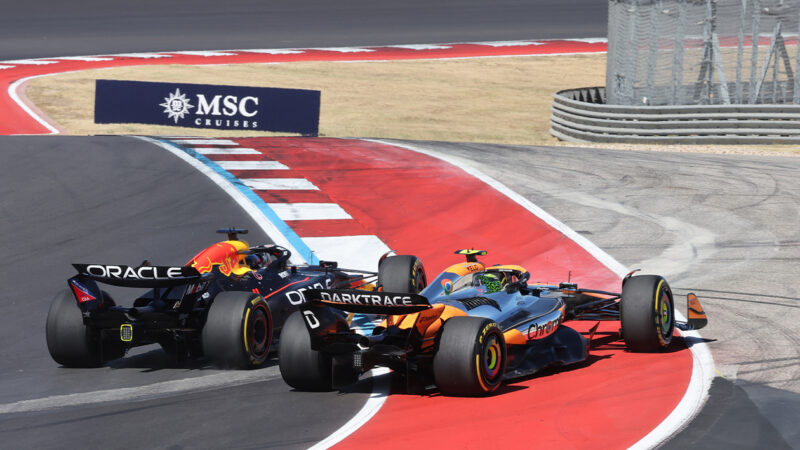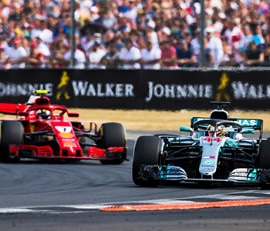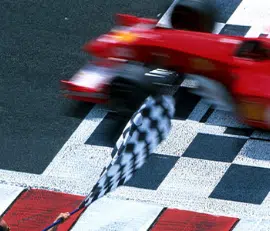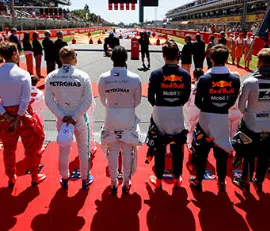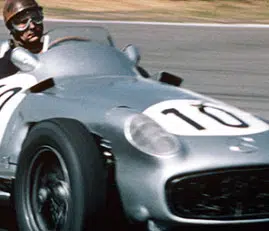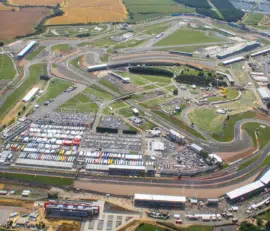As forceful as ever, Verstappen maintained his impressive speed into 2017. However, repeated retirements included being the unwitting victim when the Ferraris collided at the start in Singapore and restricted the increasingly frustrated Dutchman to sixth overall. That said, he passed a cautious Lewis Hamilton to win in Malaysia and then dominated the Mexican GP. Verstappen out-qualified Daniel Ricciardo 13-7 as he reinforced his reputation with Red Bull.
Red Bull team leader
His place as Red Bull’s lead driver was confirmed during 2018, to the point that Ricciardo decided to leave at the end of the year. Verstappen responded to a difficult start to the year that included losing potential race wins in China and Monaco, by scoring his fourth GP victory in Austria on Red Bull’s home circuit. A second win followed in Mexico but he was knocked out of the lead in Brazil when Force India’s Esteban Ocon tried to un-lap himself. Verstappen scored 11 podium finishes as he claimed fourth in the World Championship.
Red Bull switched to Honda engines for the 2019 season and Verstappen delivered the new partnership’s first podium finish at the opening round in Australia. Initially slower than the new Mercedes and Ferrari, the Red Bull RB15-Honda grew more competitive as new upgrades became available. Consistency was added to his blistering pace and Verstappen finished in the top five at every race before the summer break. That run included another victory at the Red Bull Ring (Honda’s first since its comeback) and at Hockenheim.
He qualified on pole position for the first time in his F1 career at the Hungaroring but was beaten into second when Hamilton made an extra pitstop. A penalty in Mexico cost him pole and another possible victory, but he converted his second pole position at Interlagos into his third victory thanks to passing Hamilton twice on the track. Having overshadowed his team-mates all year, Verstappen beat both Ferrari drivers to finish third overall after another impressive campaign.
After criticism earlier in his career of an over-exuberance in wheel-to-wheel combat, the Dutchman put together his most mature performances in 2020 in his relatively young career. Verstappen failed to finish on the podium when making it to the chequered flag on just one occassion, missing out in Turkey after an error trying to pass Sergio Perez in the tricky wet conditions. He capped off an ultimately disappointing season unable to challenge for the title with an impressive victory in Abu Dhabi. Red Bull beat Mercedes on pure pace, but it remains to be seen if the team can challenge for a championship in 2021.
Championship season
Red Bull finally produced a car capable of fighting for the world title in 2021, taking advantage of the changes to the rules around the floors of cars to make the most of its high-rake design philosophy.
Quickly it emerged that the fight for the championship would be between reigning champion Lewis Hamilton and Verstappen, with the duo trading wins back and forth throughout the year. After several near misses earlier in the season, the two title protagonists finally came to blows during the British GP, with Hamilton and Verstappen making contact with the Red Bull driver sending him into the barriers at 51G. Hamilton survived to continue on to win but the Dutchman hit back to secure two wins in the following three rounds.
Several more flashpoints occured between the title protagonists, including a double DNF at Monza following further contact, controversial defensive moves during the Brazilian and Saudi Arabian Grands Prix from Verstappen as Hamilton clawed his way back to level-pegging heading into the final race of the year.

